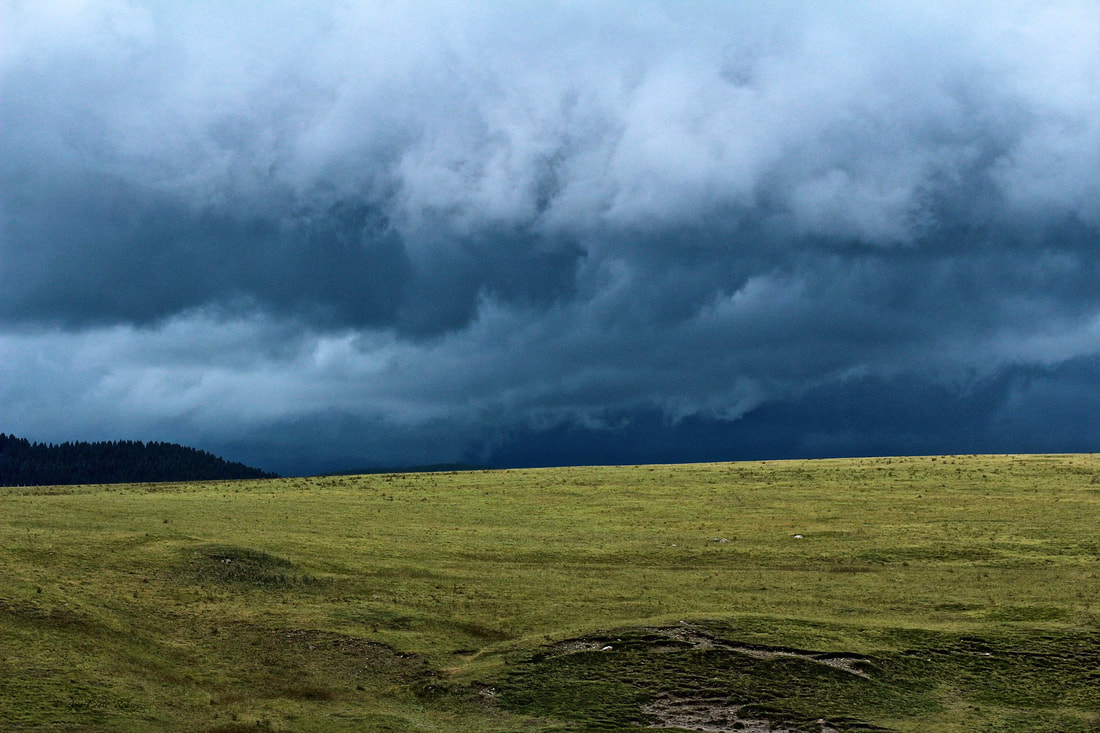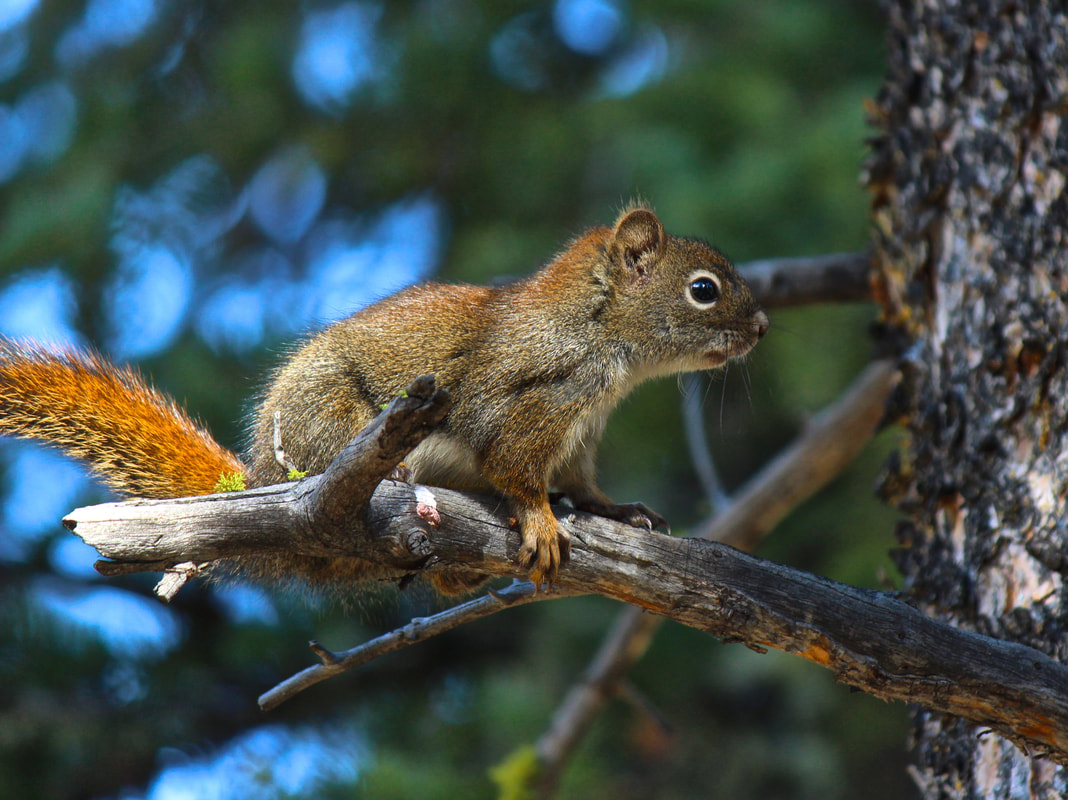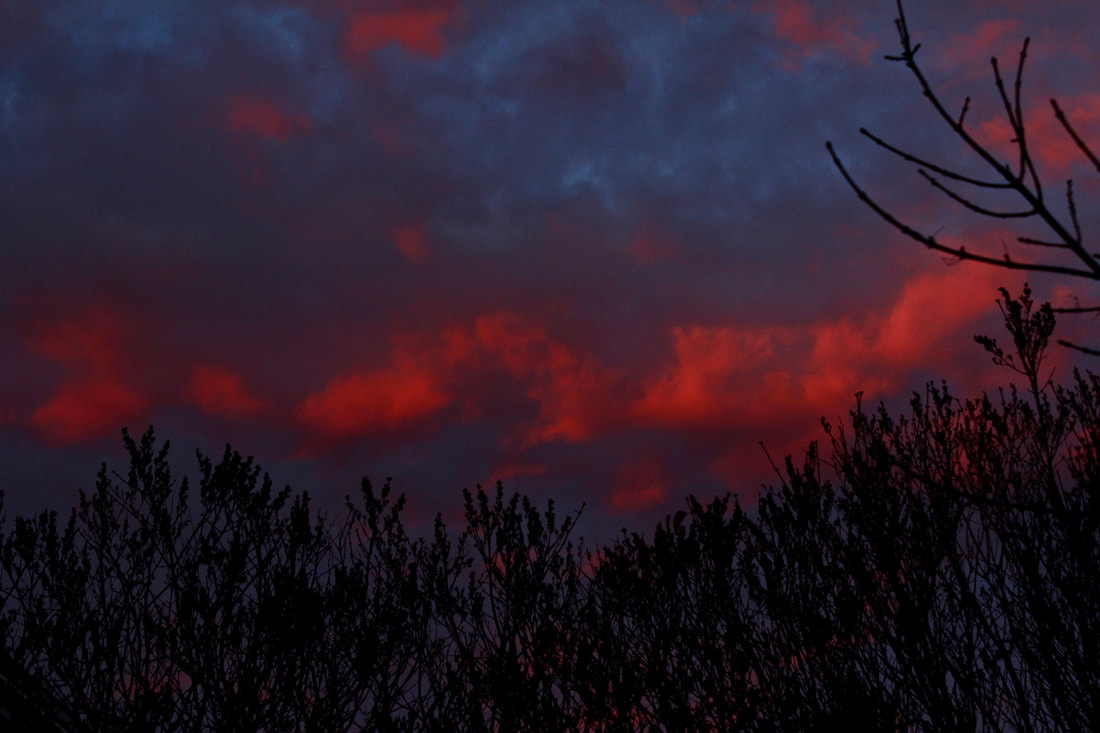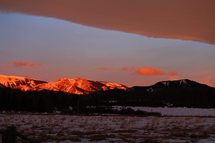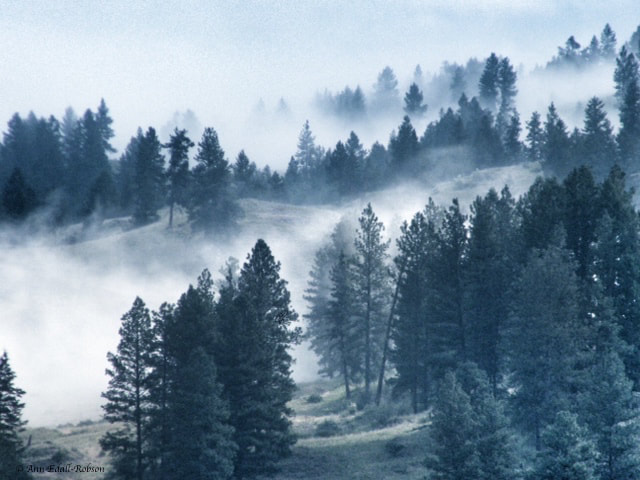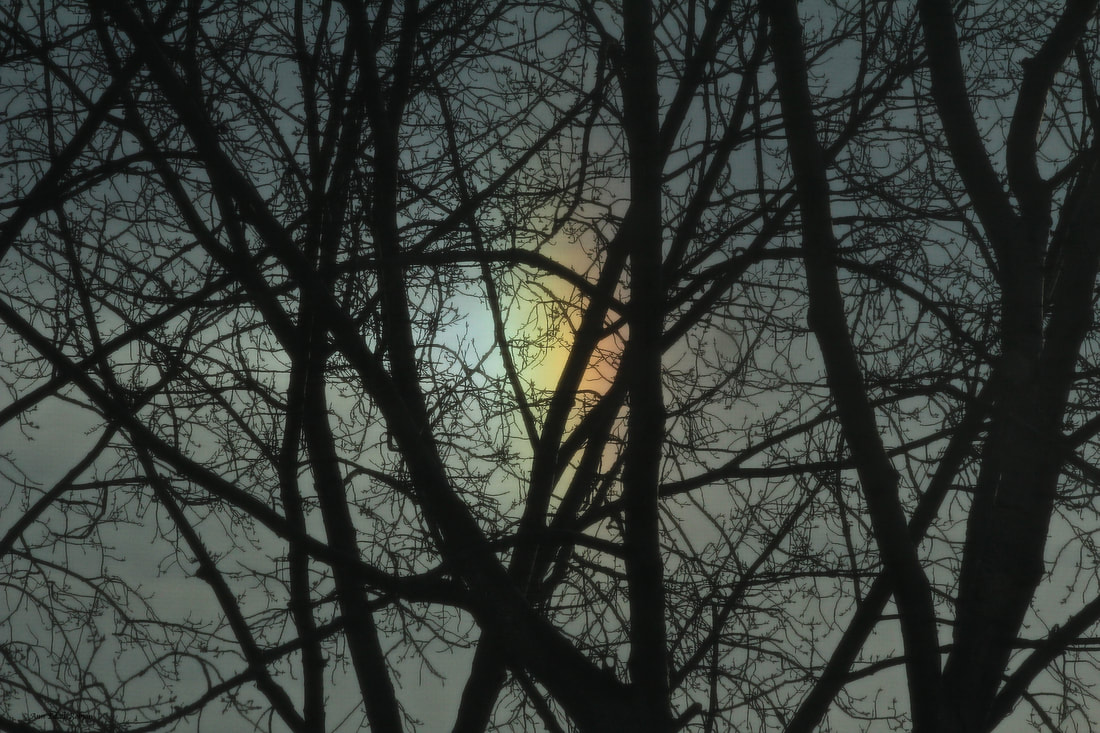Forecasting the Weather
|
The weather is always a safe topic of conversation and since we live in the age of up-to-the-minute satellite images and weather forecasters it quickly becomes a topic that we sound knowledgeable about. But what if we no longer had the technology to tell us when to take a coat along or when to expect a Mother Nature to change her mind?
For some of us, we learned to tell what was going to happen with the weather from our parents and grandparents. They are well learned traditional ways of anticipating what is to come. You might laugh, but to this day, there are a lot of them we still use. |
Here are some weather forecasting bits and pieces to ponder, practise and put into play if you don’t already use them. Consider them, and take them with you as part of your unplugged moments.
|
The sky and the wind were considered a big factor in what kind of weather was going to happen.
|
|
Our grandparents depended on their senses to know when it was time to seed, harvest, prepare for bad weather and make hay when there was sunshine. Nothing has really changed for those who still work the land; and, for those of us lucky enough to know we don’t need modern technology to provide us with a weather report, nothing has changed for us either.
Do you have an old fashioned weather forecasting tip to share that doesn’t include modern technology?
Do you have an old fashioned weather forecasting tip to share that doesn’t include modern technology?
Ann Edall-Robson
Author, Photographer, Lover of Life
"Capturing moments others may never get to experience."
Author, Photographer, Lover of Life
"Capturing moments others may never get to experience."
